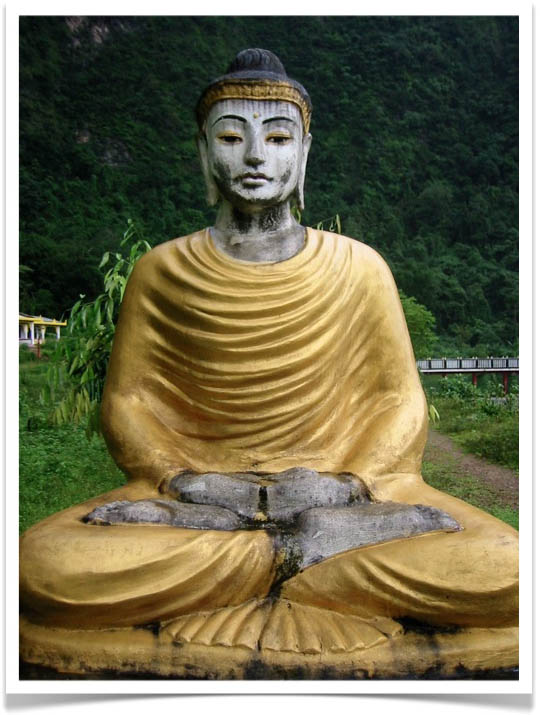Saffron Buses
 Thursday, April 15, 2010 at 11:59AM
Thursday, April 15, 2010 at 11:59AM If you look closely inside the twelve buses that go streaming by in this clip from Yangon, you'll notice that they are all filled with saffron-robed Theravadan monks on their way to attend the funeral of a prominent local Sayadaw, or teacher. Several dozen of these buses passed by as we waited in traffic. Encouraging to see that monks are allowed to congregate to some degree now [NOTE: You can pause the video to get a closer look inside the buses].







